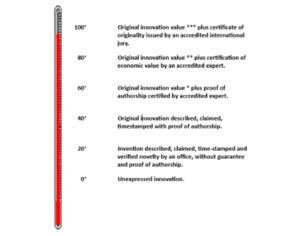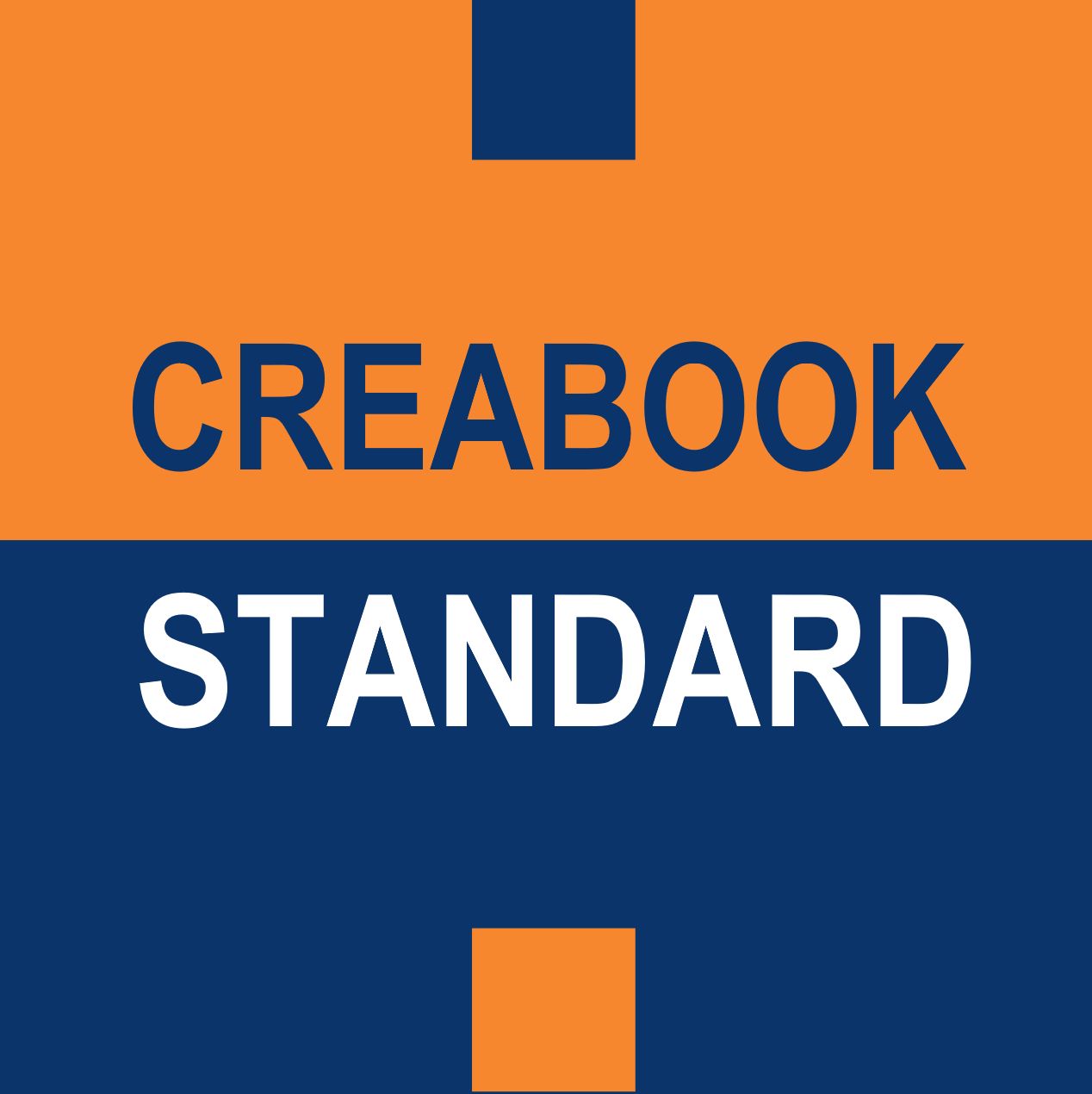Here, you will describe the factor(s) that influenced your research and development (R&D).
What were the initial solutions produced by your imagination?
What circumstances and sources of inspiration guided your research?
When and where did the research take place?
Did you seek assistance from third parties? Who? Why? How?
Refer to key examples from different sectors
Architecture field: The staircase of Château de Chambord (Leonardo da Vinci).
“When he arrived in Amboise in 1516, Leonardo noticed the impressive footprint of the castle’s staircases. He felt the need to design the future Château de Chambord with two staircases built around a central axis, allowing courtiers to ascend and descend without crossing paths.”
Scientific field: Universal Law of Gravitation (Isaac Newton).
“While in an English orchard, Newton noticed that the fall of an apple was perfectly vertical, as if it were heading towards the center of the Earth. This sparked his scientific curiosity.”
Technical field: Dynamite (Alfred Nobel).
“In 1847, during a visit to France, Nobel met Pelouze, who suggested using nitroglycerin but warned against commercial use due to the product’s excessive sensitivity to shocks. In 1867, in his laboratory, he accidentally dropped some nitroglycerin, which, to his surprise, did not explode.”
Artistic field: The Thinker by Rodin.
“Having decided to create a portal for a competition, Rodin produced a series of models. Dante, the main character, is perched at the top of the entrance to hell, facing the need to find hope after death.”
Information Technology field: The Smartguide (Gérard de Villeroché).
“This incident sparked an idea in Villeroché’s mind: the concept of creating a digital navigator for automobiles. As an experienced pilot, he was familiar with aviation. In his previous job, he was responsible for selling the Concorde to the United States.”
Refer to the reference example
Alain Souloumiac’s reflection was based, in particular, on a statistic of venture capitalists’ behavior, which revealed that reading the summary at the top of the business plan was the main selection factor:
“The current practice of selecting startups, as carried out by elite incubators, remains superficial and rudimentary, often relying on numbers and slogans rather than thorough technical and marketing reviews. As a result, only a limited number of startups succeed in obtaining the necessary funding to bring their innovations to market.
Today, out of 100 business plans sent to investors,
60 are rejected after initial quick reading
25 are rejected after more in-depth reading
8 are rejected after the first meeting.
5 are rejected after deeper discussions.
2 succeed in raising funds.
The percentage of selected startups that become unicorns does not exceed 3%. My experience has led me to believe that this situation could evolve positively if we improve the criteria and methods of selection by putting intellectual property at the forefront. This would allow the startups themselves to focus their efforts and demonstrate the value of their R&D efforts. Certification of innovation value development by recognized experts would allow for a much more refined selection process based on the actual legal, technical, and economic value of innovations.
Intellectual property proves the true author, establishes his rights, and measures the extent of his innovation, according to his vision. Proof of authorship is the most legitimate basis for investment security for funders. It ensures returns on investment that guarantee the amortization of research and development costs for startups.
The evaluation system, as described by the Universal Standard of Intellectual Property (USIP), allows startups themselves to actively participate in the selection process at an affordable cost and to distinguish themselves with portfolios that offer much more precise and influential gradations than mere business plans. The latter remain hypothetical conjectures where past entrepreneurial brilliance, writing skills, and pitching take up more space than reality. The CreaCORN standard, on the other hand, certifies tangible, demonstrable, and measurable facts.

Illustration 5. Intellectual Property Certification
A value close to 0° means that the innovation, even if it exists in the mind of the creator, has not yet been expressed. A value close to 100° means that it is fully documented and that the certification of its economic and formal value has been made at the highest possible level. From 0° to 100°, the intermediate steps of the start-ups on the unicorn highway are completed through increasingly stringent certifications.
The currently predominant intellectual property title, the patent, lacks true certification. It is granted without government guarantee and deliberately refrains from seeking and proving the true creator. It ranks only 20° on the CreaCERTI scale because it offers no government guarantee. Although the examination is designed to reject applications that are not “inventive”, many patents are invalidated by courts – nearly one in three. The number of patents abandoned before the end of their duration is even higher.
Practice shows that the further a startup is from its market target, the greater the risks and potential rewards for investors. This graduation makes it possible to define a motivating profit metric based on the degree of innovation progress. The closer the startup gets to its target, the stricter the certification, the probability of full success is high, and the potential profit multiplier becomes low.
Apart from the financial analyzes of the business plan, the quality of the team plays a dominant role in the current selection processes. The efficiency of these criteria may be questioned. The difficulties Apple faced after the appointment of a high-ranking manager, a former president of Pepsi-Cola, show how cautiously these criteria must be implemented.
Assessing the value of the team is important but it should remain secondary to assessing innovation. Because innovation is often difficult to measure, it remains in the dark.
The importance of innovation far outweighs that of the team to project value and success. If innovation has no future, the amount of money allocated will not change that. The money invested significantly improves a startup’s team, increasing the innovation’s technical and commercial development. The value of a good innovation remains undiminished. If their team fails, another team can pick up the project and successfully bring it to market.
CreaCORN focuses first on the innovation value. Using objective methodologies conducted by accredited experts, with appropriate knowledge, allows for a standard to be defined that all incubators around the world can adopt and implement.
The quality, competitive costs, and potential of CreaBOOKs will account for their success. In the age of creations, the pace of change gets faster and faster. Change is likely to occur in less time than it would take in an infringement proceeding.”
